- What is surface treatment of metals?
- Advantages of surface treatment of metal
- Types of metal surface treatment
- Mechanical surface treatment
- Chemical surface treatment
- Glass beads blasting
- Coating with metal (metallization)
- Passive fire protection of metal
- Polishing of metal
- Organic surface coating
- Powdercoating
- Industrial wet paint
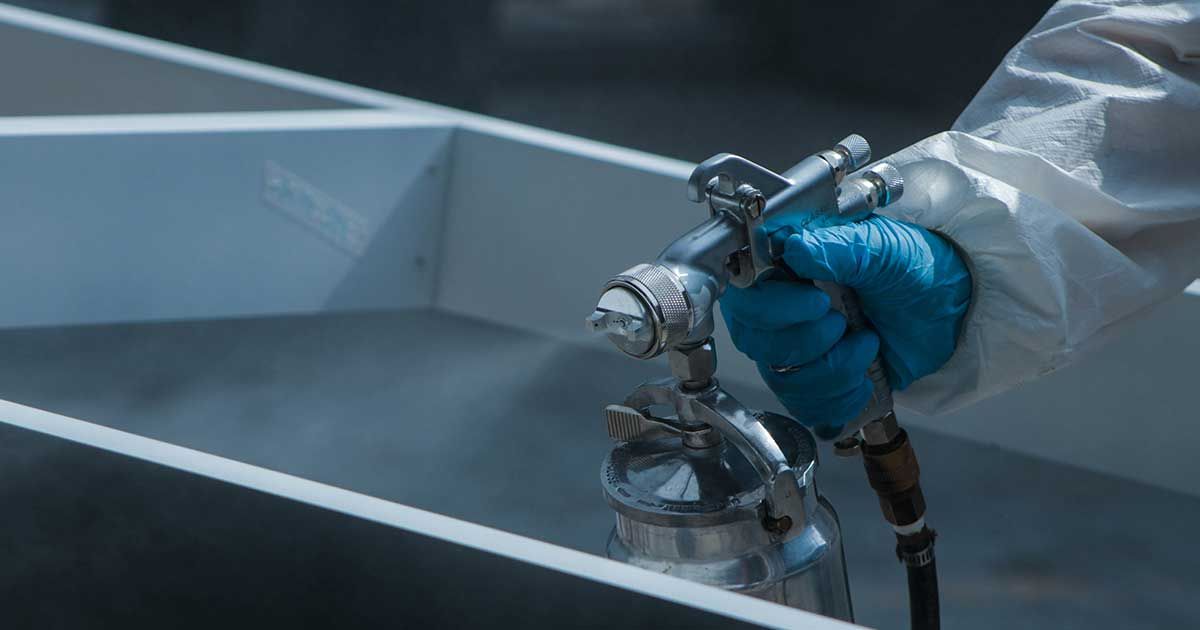
Achieve the perfect finish
General information on the surface treatment of metals
Surface treatment of metal is an important part of the production process.
It helps to protect metals from environmental influences and can and can be added with aesthetic appeal.
A number of process methods are used based on different purposes.
What is surface treatment of metal
Metal surface treatment is an important process used to protect and improve the performance and appearance of metal components.
It can be used on a significant range of metals which include, for example:
- Aluminum
- Steel
- Stainless steel
- Brass
- Copper and other alloys
Through various processes, be it degrees of chemical or mechanical basic treatment followed by polymer technical finishing treatments or metallisation, polishing etc. which improve the appearance and functionality of the metal component Regardless of the area of use, the optimal type of surface finish should be chosen for maximum performance and longevity.
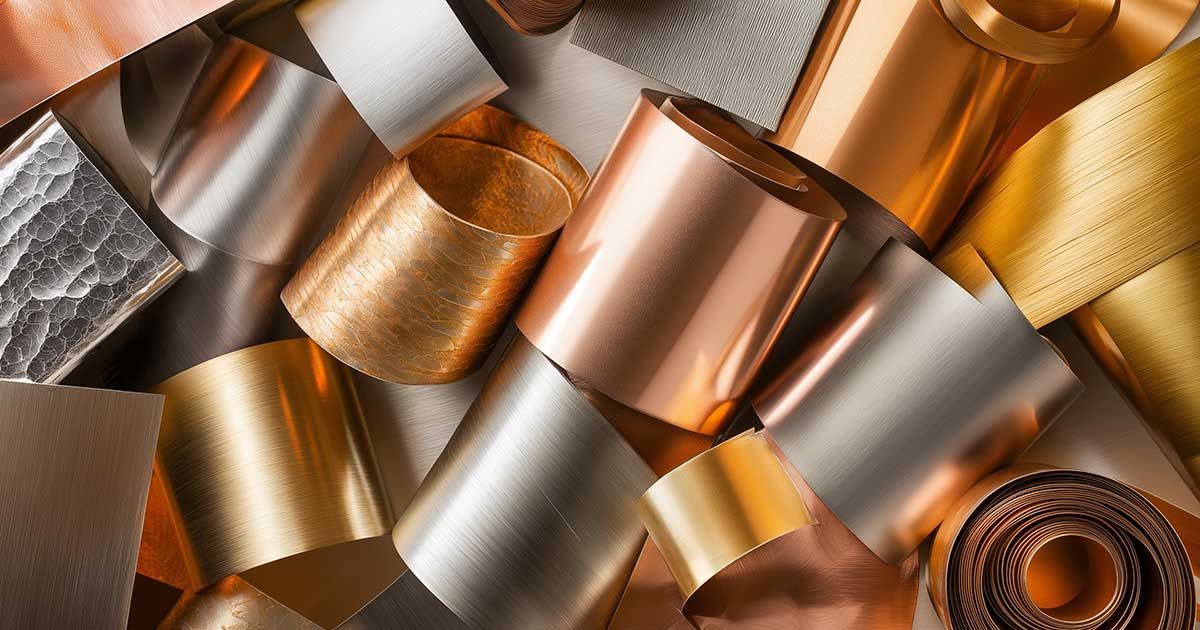
Advantages of surface treatment of metal
Surface treatment of metal offers a number of advantages, depending on the type of surface treatment used. Some common benefits include the following:
Improved appearance:: Many types of metal finishing processes can improve the appearance of components and add aesthetic appeal. Surfaces such as anodizing and powder coating are particularly effective, as they can give metals a unique color or texture.
Improved performance: Metal treatment can create a more durable surface and improve corrosion resistance. This will help to extend the life of the components and keep them in optimal function for longer periods.
Increased protection: Different surfaces provide varying levels of protection against damage from physical contact, harsh weather conditions and even chemicals.
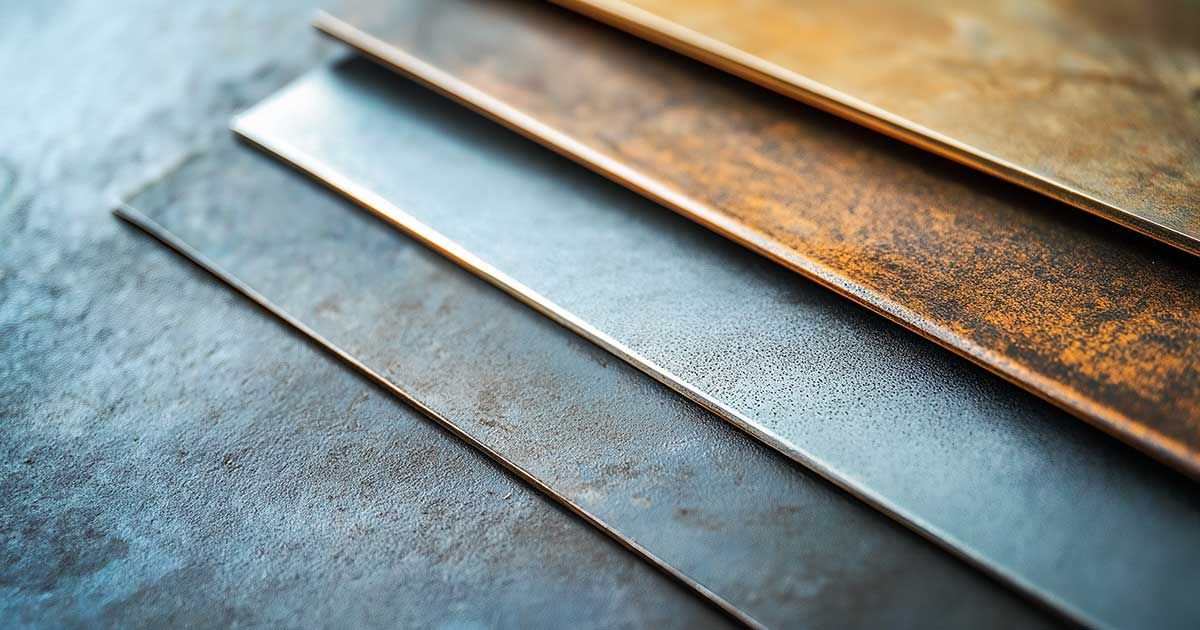
Types of metal surface treatments
Mechanical surface treatment
Mechanical surface treatment consists of preparing the surface of various metal substrates in a tailored way, be it as a permanent final treatment, or as a preliminary treatment before it is subjected to final treatment such as, galvanization, thermal metallization etc.
Mechanical surface treatment includes processes such as:
- Sandblasting
- Pearl blowing
- Micropeening
- Tribofinish
- Laser polishing
Chemical surface treatment
Chemical surface treatment is an important corrosion protection step, which results in the technological operations to be performed and served by the final coating. According to what is required and what is achievable, can use solvent or water-borne preparations.
This type of surface treatment uses chemical processes to specify the change of chemical compositions and surface structures of a material. This is usually done by applying a chemical solution or coating material to the surface of the workpiece. Chemical surface treatment includes treatments such as:
- Degreasing
- Pickling
- Etching
- Chromation
- Phosphating
Sandblasting/beadblasting
The process often chosen for mechanical surface treatment consists of pneumatic blowing techniques that make it possible to achieve the highest level of cleanliness and a well-defined degree of roughness on the surface of the workpiece.
The main purpose of the treatment is to remove contaminants such as rust, limescale, old paint residues, etc. A corresponding purpose may be to give the metal substrate a suitable structure to achieve that it is perfectly attached to the subsequent protective coating and thus improve the protective power against corrosion. Normally used media for sand and bead blasting with beneficial purposes:
Silica sand (Silicon dioxide)
Silica sand is the primary method of sandblasting, it removes surface impurities and provides a clean,
smooth appearance without damage.
Soda sand
Soda sandblasting will not damage the outer layer of softer metals because it will not react chemically and is not as abrasive as other materials. Delicate metal materials are often the best candidates for soda blasting. No damage or deformation will be caused, but the grit will still provide the cleaning and leveling effect you can get from other harsher abrasives.
Steel grain
Steel grit is abrasive enough to clean away corrosion and rust from hard metal surfaces and has a fast
cutting effect that is effective in thick surface treatment before painting. Blasting with steel grain is often used in the automotive industry, aviation and heavy machinery. Steel grit leaves a smooth
surface and is recyclable Glass bead Blasting with glass beads is excellent for paint preparation and
will give a unique matte or satin finish to the metal surface. It will give a clean finish on a number of metals, but softer metals such as aluminium, are particularly good candidates for glass beads. The beads are silica-free and environmentally friendly.
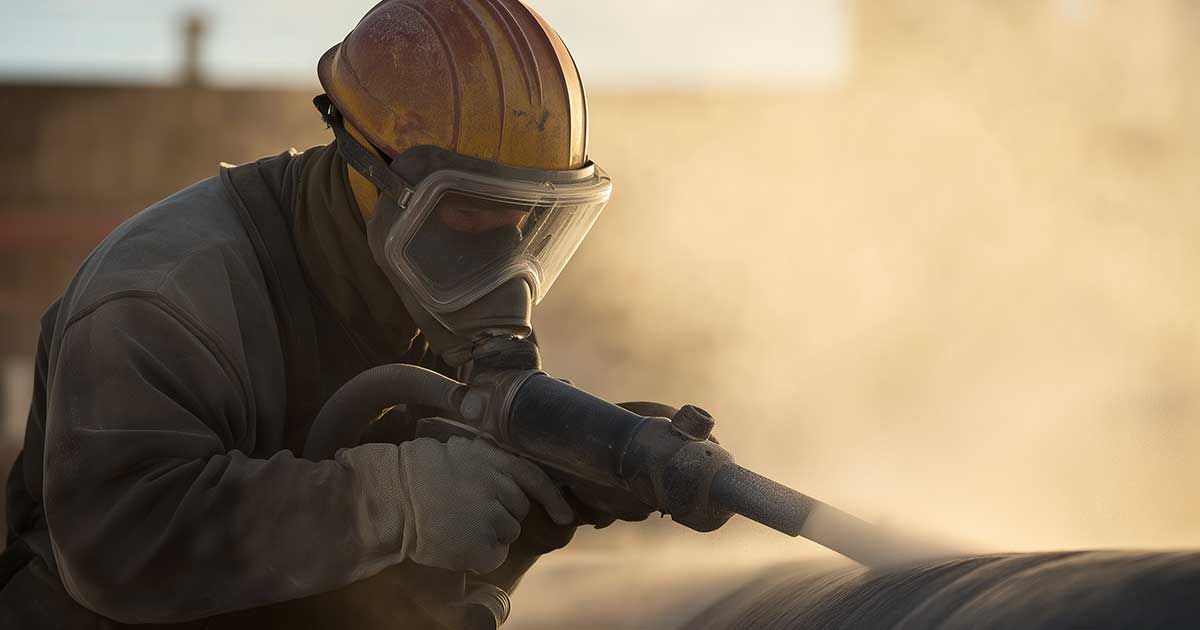
Coating with metal (Metallization)
To a large extent, the technique is referred to as metallization and is applied to the base substrate using thermal spraying. In this process, the coating material is heated to achieve a plastic or liquid state inside a spray gun and is then deposited on a pre-prepared substrate surface that does not deform during this process.
In most cases, fusion of the coating to the substrate is purely mechanical. This fact makes it possible to spray materials on any substrate and materials incompatible with regard to metallurgy.
The temperature of the base substrate may be low while a hot metal-based coating material is being applied. This fact prevents the substrate surface from undergoing deformation when it is coated.
The mechanical nature of bonding means that preparation of the base substrate's surface prior to thermal spraying of metallic layers is a factor of greatest importance affecting the quality of the current surface. Of the thermal spray techniques, the most commonly used include:
- Flame spraying
- Arc spraying
- Plasma spraying
- Supersonic spraying
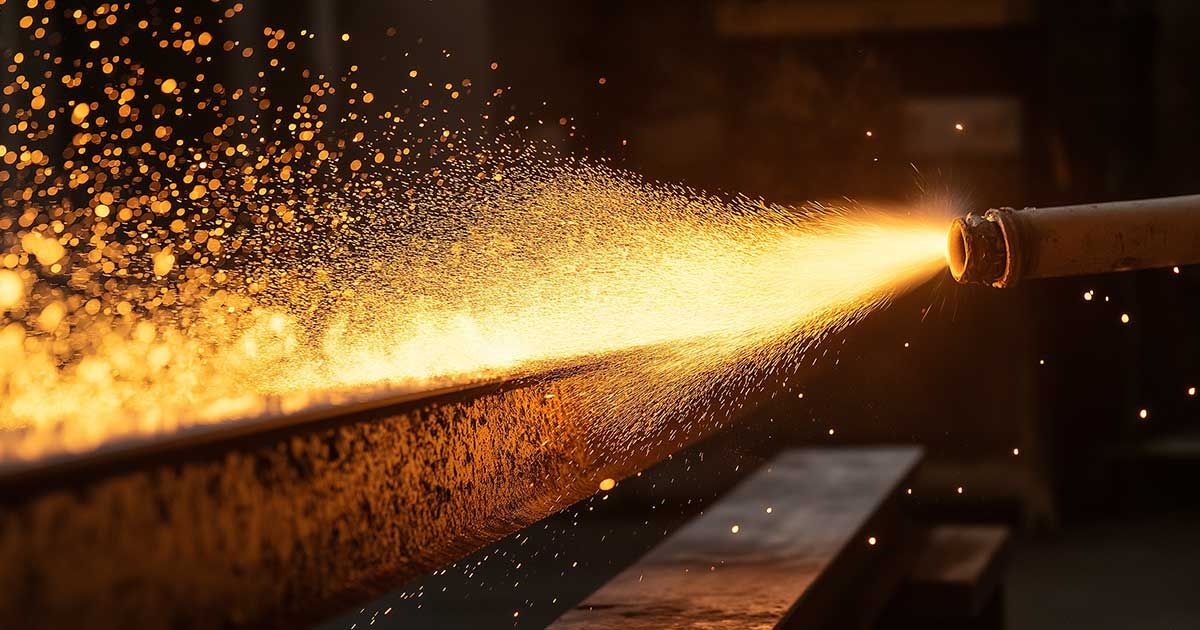
Passive fire protection
Steel appears to have great applicability as a building material, and is often preferred by constructors for its resistance and versatility. Steel is also a non-combustible material, and as such properly constructed steel structures can maintain their integrity under prolonged high temperatures.
Despite the metal's inherent strength when used in construction, situations can arise where steel can lose its ability to handle heavy loads shortly after being exposed to intense heat if left unprotected. Current Building Regulations take into account several cases where this may be the case, and often steel-based constructions require passive fire protection.
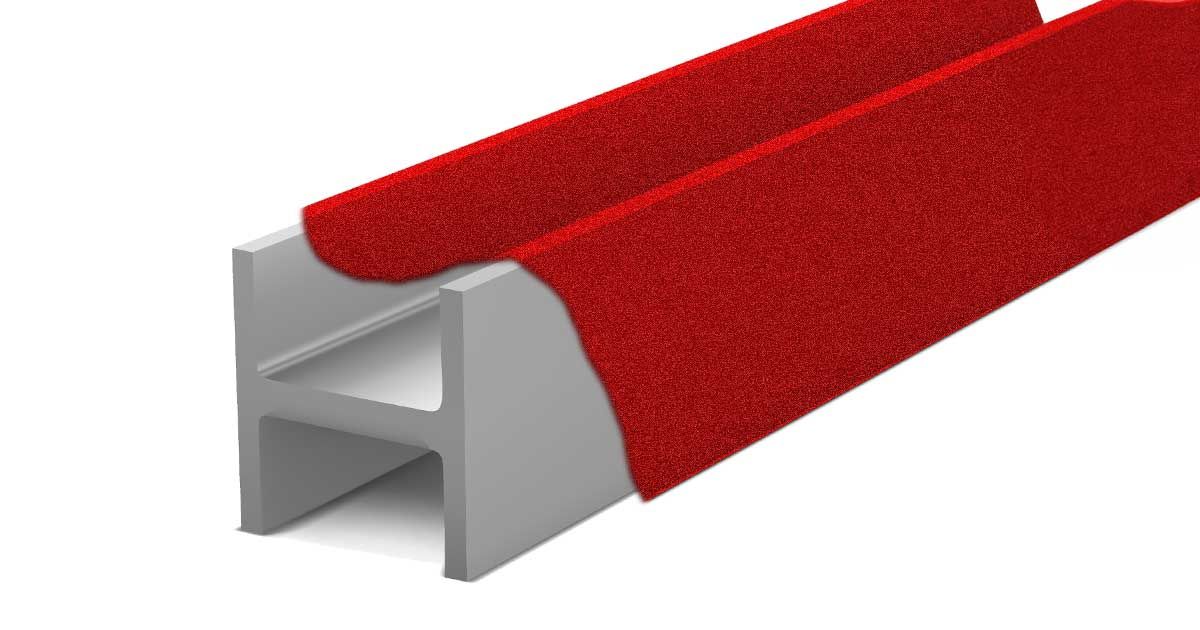
It is of great importance to distinguish between fire-protective coating types for steel structures.
The surface treatment corresponds to a type of coating to slow the spread of fire.
This type designation reacts to heat with a flame-retardant gas that limits the spread of flames on the fire-prone surface.
This type of coating is only used to a small extent on steel structures due to limited insulation properties
Corresponds to a type of coating that withstands heat energy for a given period of time and that prevents damage to the coated material. Fire-classified fire-retardant coating is the most commonly used coating to protect steel against fire and acts as an insulator. The coating type forms a solid barrier when exposed to high temperatures.
During a fire, the temperature of a steel structure can reach over 500 °C in less than 15 minutes, thus optimal protection is required to reduce material failure.
Expanding thin film coating is unaffected at temperatures less than 200 °C, but achieves an expanding ability at higher temperatures and expands to several times its original thickness where an insulating foam layer is formed.
The foam layer has high properties such as heat insulation and thus delays heat exposure to the steel substrate: As a result of the degree of delay, the time before structural failure occurs in the structural element increases
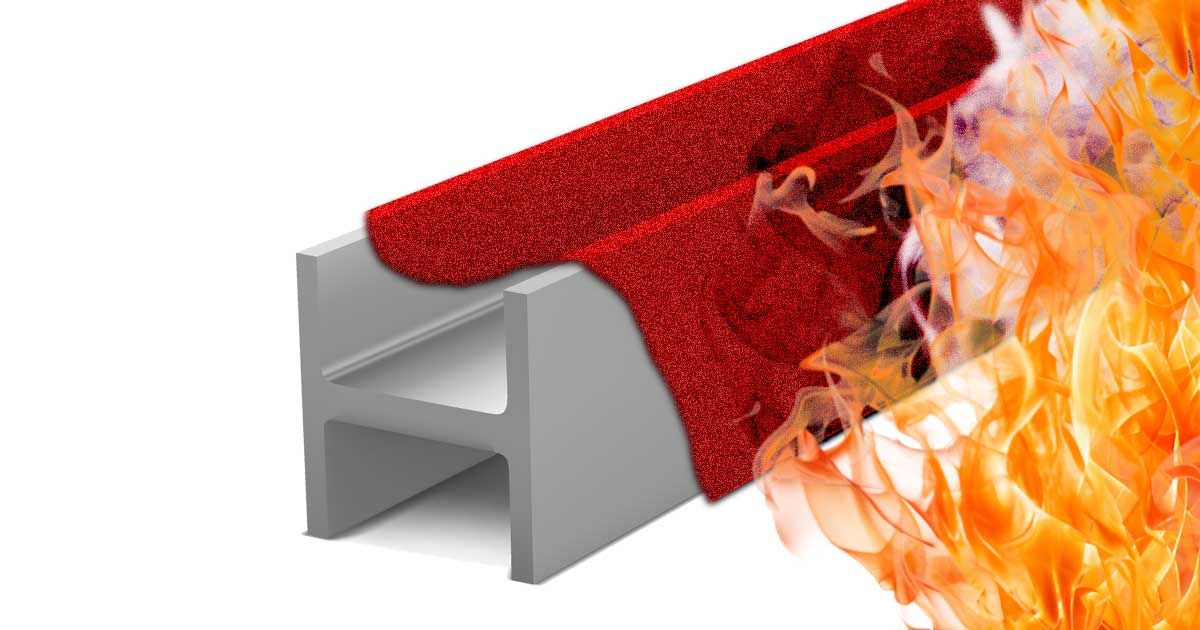
Polishing of metal
Polishing of metals that gives an optimal surface finish is crucial in production and applies to a significant extent where components require visual appeal or where the microstructure of the substrate must be minimized in order to achieve reduced friction in the substrate's surface.
NAST® is a leading player in advanced polishing technology for metal substrates and possesses highquality expertise in the development and preparation of advanced bead and slurry additives in millimeter, micron and nanometer measurement scales based on the alloy quality of the metal substrate as well as the required surface finish.
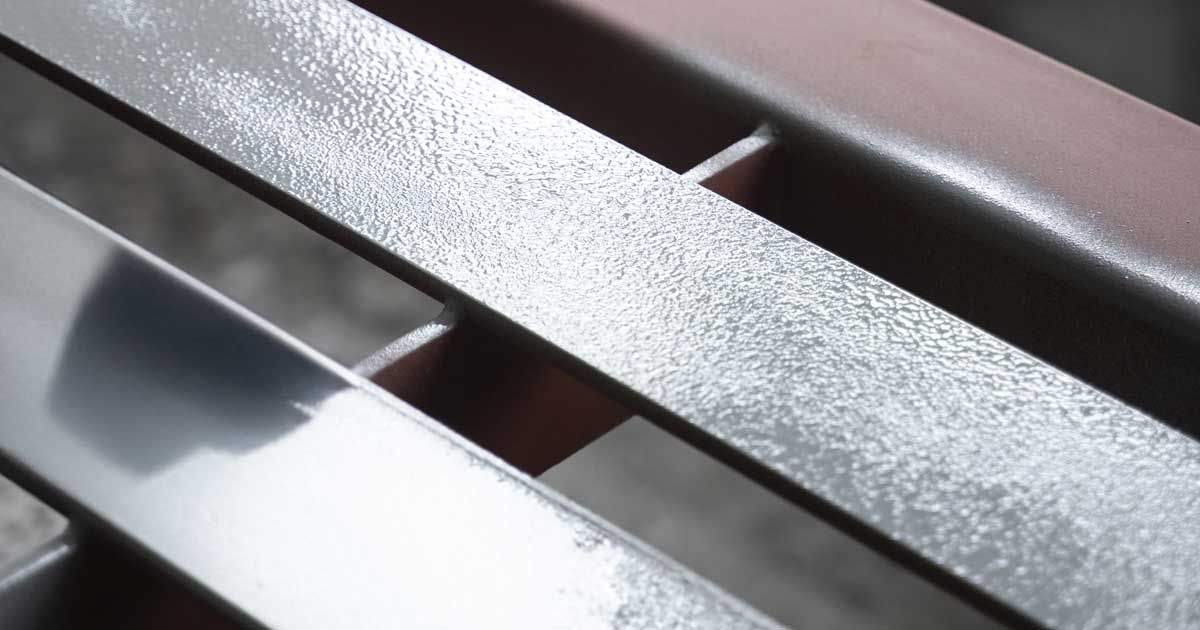
Organic surface coatings
Organic coatings are a type of coating formed from carbon-based polymer chains derived from natural (vegetable, animal) or synthetic material.
Often, this type of coating has a significant ability to adapt to various metal-based surfaces, which improves appearance and durability.
The beauty of organic coating types is great versatility, adapted to be decorative or to provide specific technical properties such as weather resistance, moisture resistance, wear resistance, chemical resistance, toughness, etc., and act as a protective barrier against corrosion and oxidation.
However, perhaps the most attractive feature of organic coatings is its environmental friendliness, many are water-based or contain low levels of volatile organic compounds (VOCs). As you know, some oil-based paints contain high levels of solvent-based harmful chemicals. By choosing organic coatings, metal-based surfaces are protected in an excellent way, while every environmental consideration is taken care of and ensures a safer environment.
Organic coatings have undergone significant development as reliable protective agents to help materials in various industries deal with challenges such as corrosion and oxidation, forming a robust barrier that withstands mechanical stress, environmental exposure and potential wear and tear.
Organic coatings can be single-layer or multi-layer and can be in liquid or powder form.
In addition to providing protection, organic coatings provide the opportunity to customize the substrate with desired decorative and technical properties.
Coating substrates enable manufacturers to enhance visual appeal, introduce specific features and meet performance requirements.
By carefully selecting and applying organic coatings, it is possible to achieve properties such as gloss, texture, color and special properties such as UV resistance or chemical resistance.
Vinyl resin coating: indicates significant utility in corrosion protection and chemical resistance. These coatings are often used in industrial environments, as protective coatings of pipes and other industrial applications and are known for their durability and ability to withstand harsh environments.
Acrylic Paints: These coatings provide excellent color retention and UV resistance, making them ideal for outdoor applications ranging from automotive finishes to building exteriors. Their versatility and aesthetic appeal make them a favorite among manufacturers and designers designers Acrylics are widely used, especially in water-based coatings.
Alkyd coating: Alkyd coating is an all-round coating that provides a balance between performance, aesthetics and cost. These coatings are used in a wide range of applications, including furniture, decor and in some cases industrial machinery. The coating type has excellent properties such as: Adhesion, durability and resistance to moisture and UV radiation. The coating type is often the first choice for projects that require a durable and attractive finish. However, extended curing times for alkyd coatings can be problematic as the polymer uses oxygen diffused through the paint film to complete the chemical reaction. Therefore, these coatings take longer to dry compared to other products.
Silicone resin coating: In terms of resistance to high temperature, silicone resin coating is unsurpassed. The coating quality is used to a significant extent for exhaust systems, engine parts and all surfaces that are exposed to extreme heat. Their thermal stability ensures integrity and protection even when heated.
Amino resin: Amino resin adds hardness and durability to table tops and improves the durability of automotive and appliance finishes. By improving chemical resistance and surface hardness, these ensure that daily wear and tear does not diminish the beauty or functionality of the coated object.
Polyurethane coating: Polyurethane coating is a strong coating that provides excellent resistance to corrosion, wear, chemicals and weathering. For surfaces with significant requirements for scratch resistance or solvent resistance, polyurethane coatings provide unmatched durability and are preferred in industrial and residential applications. According to the needs of polyurethane coating application, it is necessary to specially formulate primers such as intermediate coating or top flow with different functional properties according to the functions and molecular weight changes of different substances.
Phenolic alkyd resins: Phenolic alkyd resins meet documented performance in moisture and chemical resistance. They are often used in marine varnishes and industrial coatings to provide support and barrier against environmental influences, and ensure protection of both wood and metal surfaces.
Epoxies: Widely recognized from industry to home decoration and featuring excellent film formation, mechanical durability, protective capabilities and chemical properties. These coatings form an impermeable barrier against mechanical and chemical stress. Their unmatched bonding properties ensure a long-lasting and optimally durable finish that is second to none. Quality limitations for coatings in the epoxy resin series are poor performance under high-intensity UV sunlight.
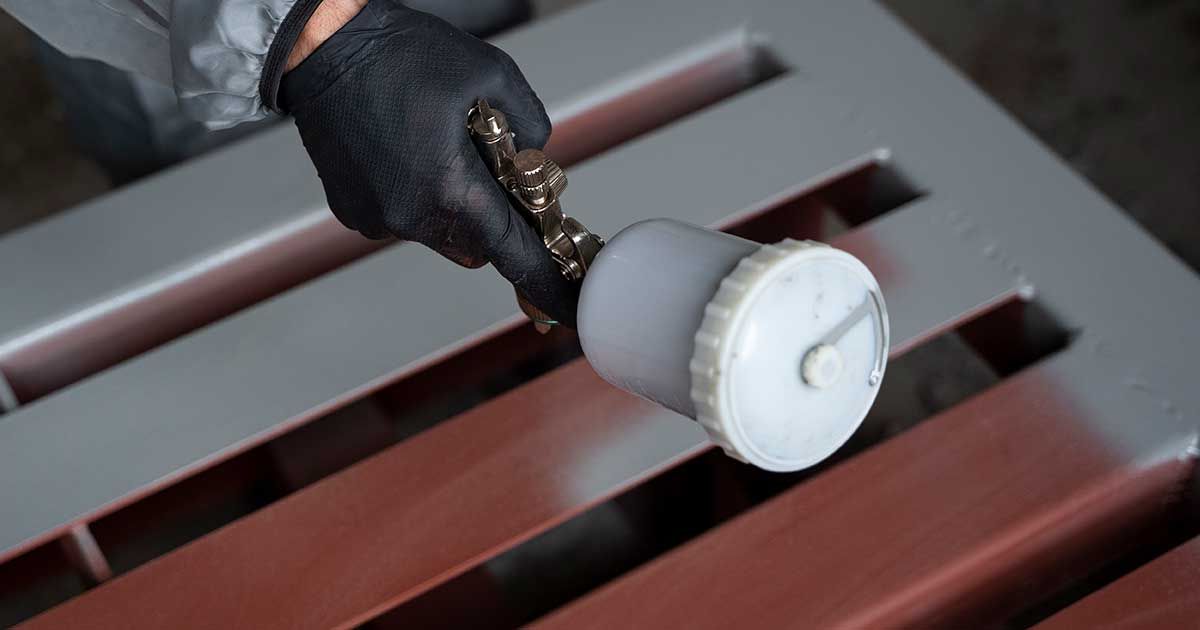
In recent years, organic coatings have made significant developments, not only in terms of performance, but also in terms of their impact on health and the environment.
Traditional organic coatings often contain volatile organic compounds (VOCs) and hazardous air pollutants (HAPs), which are harmful to human health and the environment.
However, modern organic water-based coatings have lower VOC and HAP content, making them safer and more environmentally friendly to use.

Innovations in organic coatings.
NAST® Represents the next generation of nanotechnology for bio-based and sustainable coating chemistry.
Inorganic coatings, also known as mineral coatings.
Inorganic coatings have several unique properties that distinguish them from organic coatings. They are highly resistant to heat, chemicals and UV radiation, making them ideal for use in harsh environments.
Inorganic coatings also provide excellent wear resistance, making them ideal for areas with high environmental stress.
Inorganic coatings are significantly different from organic coatings and include surface conversion, anodizing, enamel, metal coating, etc.
These coatings are made through a chemical process that turns a metal surface layer into a thin film of metal oxide or compound to improve specific properties. Different coatings offer unique advantages and properties. In contrast to organic coatings based on carbonaceous compounds, non-converting inorganic coatings are mainly composed of minerals such as silica, alumina and titanium dioxide. These minerals are often used in combination with other additives to improve adhesion, flexibility and other performance characteristics.
Inorganic coatings also provide excellent adhesion to a variety of substrates, ensuring long-lasting performance. In addition, these coatings are easy to implement, reducing downtime and labor costs. Advantage:
- Corrosion resistance: Inorganic coatings effectively protect the substrate against chemicals and environmental factors.
- Heat resistance: Some inorganic coatings can withstand extremely high temperatures and are suitable for high temperature environments.
- Abrasion resistance: Provides a strong protective layer to reduce physical wear and tear.
- Environmentally friendly: They are not flammable and environmentally friendly as they do not contain volatile organic compounds (VOC).
These properties of inorganic coatings make them widely used in many demanding applications such as aerospace, automotive, construction and medical devices.
Through these coatings, not only can the performance of the material surface be improved considerably, but the product's lifetime can also be extended.
In summary, inorganic coatings are a versatile and effective solution for protecting surfaces in demanding environments. Their unique composition and properties make them an excellent choice for applications where durability and performance are essential.
Powder coating
Powder coating is a finishing process that is used to a significant extent to apply a protective or decorative surface coating to various materials and most often metal surfaces.
The technique uses a dry powder, usually composed of resins, pigments and curing agents, which is electrostatically applied to a surface and then cured under heat.
This creates a durable, corrosion-resistant, aesthetically pleasing and environmentally friendly coating compared to traditional liquid paint.
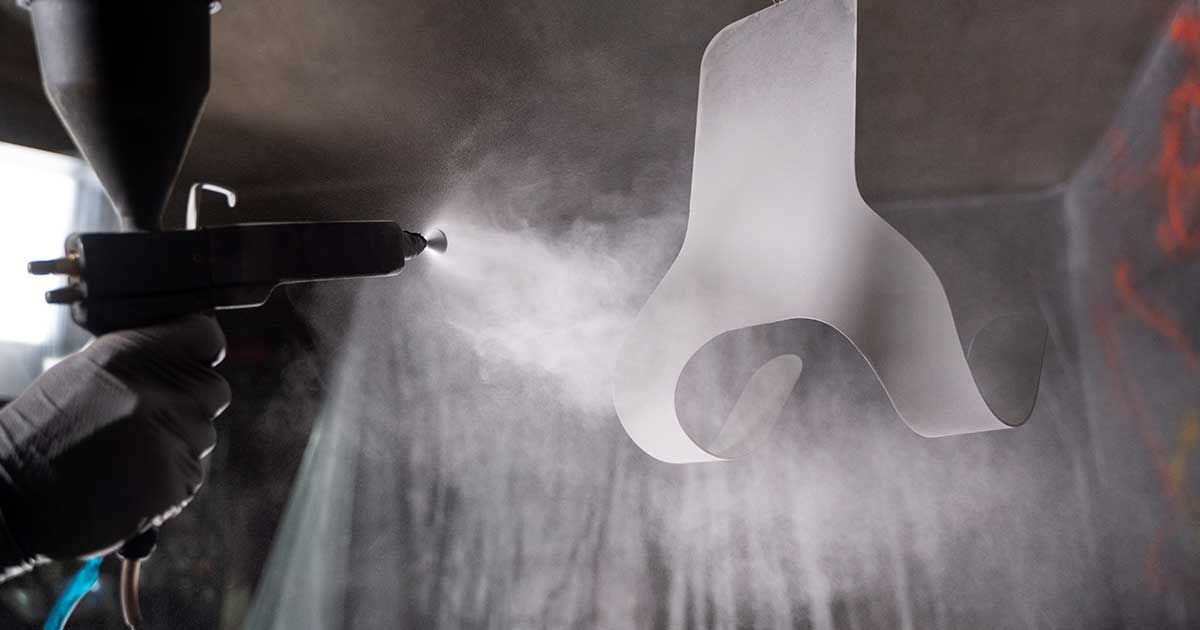
- Efficiency in the process: The electromagnetic energy used to apply the color powder contributes to a greatly reduced amount of waste in the process: At the same time, the amount of powder can be reduced or increased for any application adapted to fit for purpose. Unlike other wet-based painting processes where drying processes are necessary between each application layer, the powder coating process is carried out in an operation where only final curing is required.
- Durability: When it comes to the finish, powder coating is more durable than most other options. As it hardens, the powder will form chemical bonds in the process, creating a flexible, durable finish. Powder-coated parts are highly resistant to corrosion, flaking and scratching.
- Environmental safety: Because the powder is free of toxic chemicals and solvents, it is considered safe for use and disposal. The processes do not release harmful chemicals into the air, and they produce less waste. At larger processing facilities, the powder coating process is normally carried out using automated processes where continuous conveyor systems process the product units from the first pre-treatment stage to the final treatment and thus not exposed to health risks.
- Quality: Application and drying of powder coating creates a finish that cannot be found in any other paint product. Because the powder melts and turns into a solid, it creates a smooth surface without drips or runs. Therefore, there is no need to sand or refinish if mistakes are made.
- Maintenance: Powder coating is easy to maintain and no harmful solvents or cleaning agents are required. Because these coatings are so resistant to corrosion and damage, there is no worry about rust and other cleaning-related damage. In most applications, an occasional wipe with soapy water is enough to keep the parts clean and useful for a long time.
Industrial wet paint
Wet paint consists of an electrostatic application process that occurs on various substrates, mainly used as a final finish. This is due to the wide range of colors that can be used.
Before the paint is applied, applications undergo a surface treatment process. This process can consist of degreasing, phosphating and various washings.
In a similar way and after applying the wet paint, the piece is exposed to temperatures depending on the quality to achieve polymerization.
Wet paint is an excellent option for finishing assembled components and products where versatility and aesthetics are required. It can be applied to various substrates with a customized final finish.
One of the main advantages of wet paint over powder coating is that it can be applied in a wider range of thicknesses, giving more control over the final finish.
Wet paint can also be used to create a wider range of textures and finishes, such as gloss, matte and satin. In addition, wet paint can be used to achieve an expanded range of colors, including custom special effect finishes.
Wet painting is usually a cheaper alternative than powder coating. Industrial wet paint is a versatile and durable alternative for various industrial applications.
It is important to consider the type of surface, environment and desired finish when choosing the right paint.
With proper application and maintenance, industrial wet paint can provide long-lasting protection and improve the appearance of a variety of applications
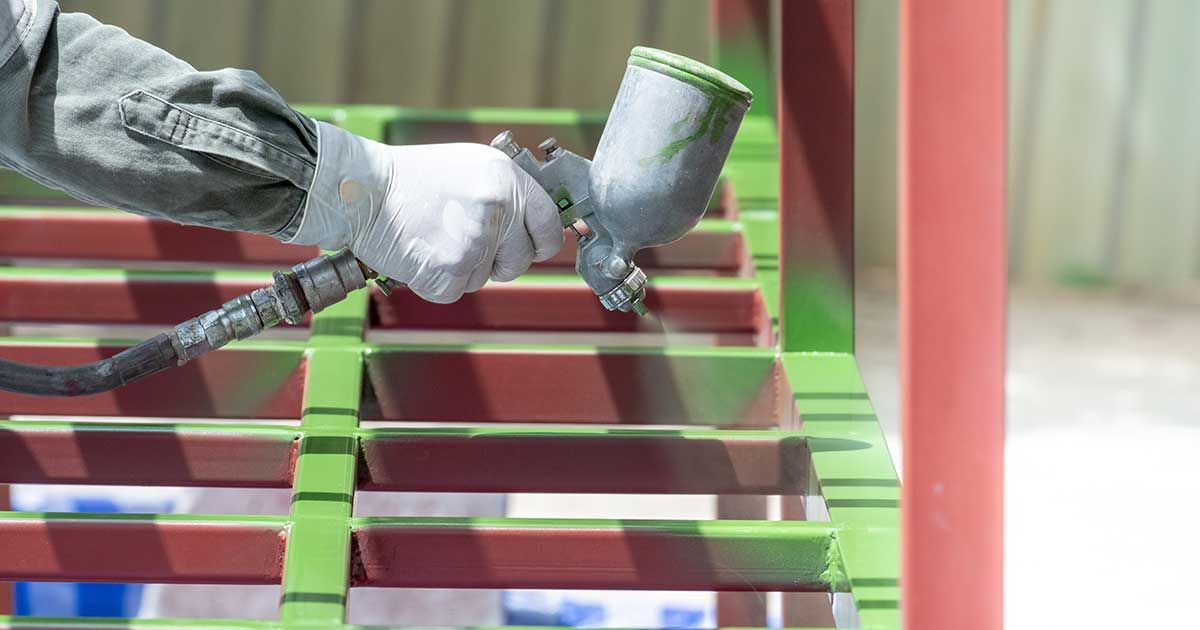
- Can be applied to delicate applications that cannot be exposed to high temperatures, including final curing at considerably less than 100ºC.
- It is particularly effective for composite parts or assemblies that cannot be surface treated with powder coating.
- A good choice for decorative surfaces that require a low paint thickness.
- Wet-based surface treatment offers a wider range of colors.
- The automotive industry uses wet paint to finish cars and other vehicles.
- Furniture manufacturers who use wet paint to finish tables, chairs and other furniture.
- Manufacturers of household appliances use wet paint for the final finish, be it refrigerators, ovens and other appliances.
- The construction industry uses wet paint to finish and protect buildings and other structures.
- Metalworking companies that use wet paint to protect and finish metal products such as machinery and equipment.


